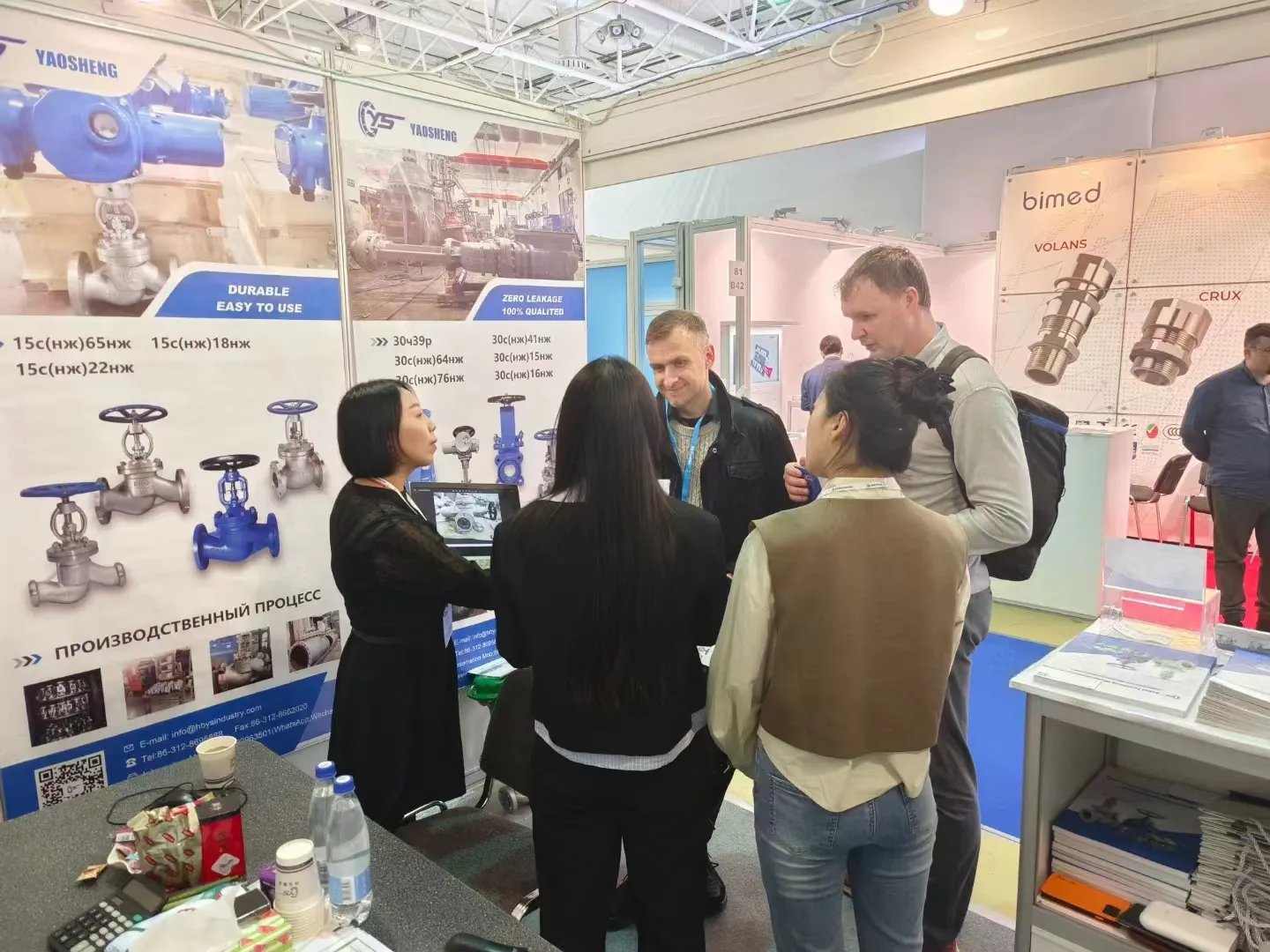swing check valve with lever
Understanding the Swing Check Valve with Lever A Comprehensive Guide
The swing check valve with lever is a crucial component in various piping systems, especially in applications involving the flow of liquids and gases. This type of valve is designed to allow fluid flow in one direction while preventing backflow, thereby safeguarding the entire system from potential damage and ensuring efficient operation.
What is a Swing Check Valve?
A swing check valve is a type of one-way valve that uses a disc to control the flow of fluid. When the fluid flows in the designated direction, the disc is pushed open, allowing the flow to pass through. Once the flow diminishes or reverses, the disc swings back into the closed position, effectively sealing the flow path to prevent backflow. This mechanism is essential for maintaining pressure and integrity within pipelines.
Advantages of Swing Check Valves
1. Simplicity and Reliability The straightforward design of swing check valves makes them reliable and easy to maintain. Their mechanical operation requires minimal intervention, reducing the chances of failure.
2. Minimal Pressure Drop Compared to other types of check valves, swing check valves feature less resistance to flow, resulting in a lower pressure drop across the valve. This trait is particularly advantageous in systems where maintaining pressure is vital.
3. Versatility Swing check valves are used in various settings, from water supply systems to industrial processes and HVAC systems. Their ability to handle different types of fluids makes them versatile in application.
The Role of the Lever
The addition of a lever to a swing check valve serves multiple purposes. Primarily, the lever allows manual control of the valve's operation, enabling operators to open or close the valve when necessary. This feature is particularly beneficial during maintenance or system troubleshooting when manual intervention is required.
swing check valve with lever

Moreover, the lever can also enhance the valve's performance in applications with fluctuating flow rates. By adjusting the valve's position, operators can optimize flow characteristics and ensure the system operates efficiently.
Installation and Maintenance
Proper installation is crucial for ensuring the longevity and effectiveness of a swing check valve with a lever. It is essential to position the valve correctly within the pipeline, paying attention to the flow direction indicated on the valve body. Furthermore, securing the lever mechanism properly is vital to prevent operational issues.
Regular maintenance is also necessary to prevent buildup of debris and corrosion, which can hinder the valve's performance. Inspecting the valve periodically and performing necessary repairs can help maintain optimal functionality and extend the valve's lifespan.
Applications
Swing check valves with levers find application in various industries, including
- Water Treatment Facilities To prevent backflow and maintain water quality. - Aquaculture Systems Ensuring proper water flow and preventing contamination. - Chemical Processing Protecting equipment from harmful backflow. - HVAC Systems Maintaining air pressure and flow efficiency.
Conclusion
In summary, the swing check valve with lever is an essential valve type that plays a significant role in fluid management across different industries. Its design offers simplicity and reliability, while the lever enhances operational control. Understanding its features and proper maintenance will ensure efficient and safe operation in any piping system. Whether for industrial applications or residential plumbing, this valve remains a steadfast guardian against backflow and inefficiency.
-
The Key to Fluid Control: Exploring the Advantages of Ball Valves in Industrial SystemsNewsJul.09,2025
-
The Versatile World of 1, 2, and 3 Piece Ball ValvesNewsJul.09,2025
-
Stainless Steel Ball Valves: The Ideal Choice for Efficient Flow ControlNewsJul.09,2025
-
Optimizing Fluid Control with Ball Float ValvesNewsJul.09,2025
-
Manual Gate Valves: Essential for Control and EfficiencyNewsJul.09,2025
-
Everything You Need to Know About Butterfly ValvesNewsJul.09,2025
-
The Versatility of Wafer Type Butterfly ValvesNewsJul.08,2025




